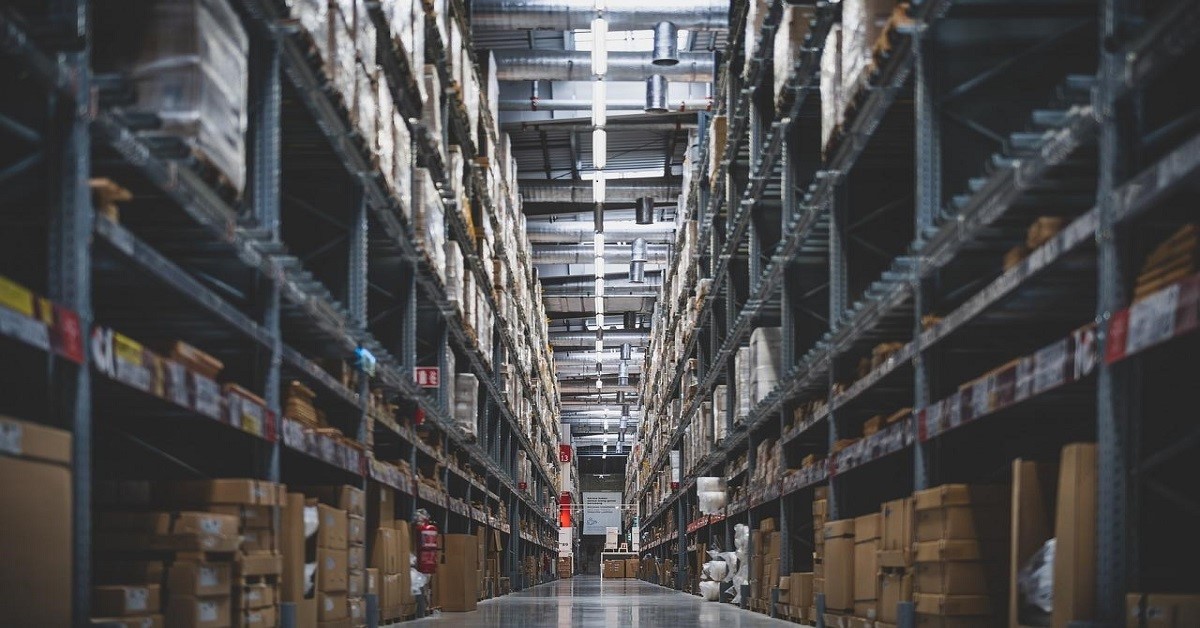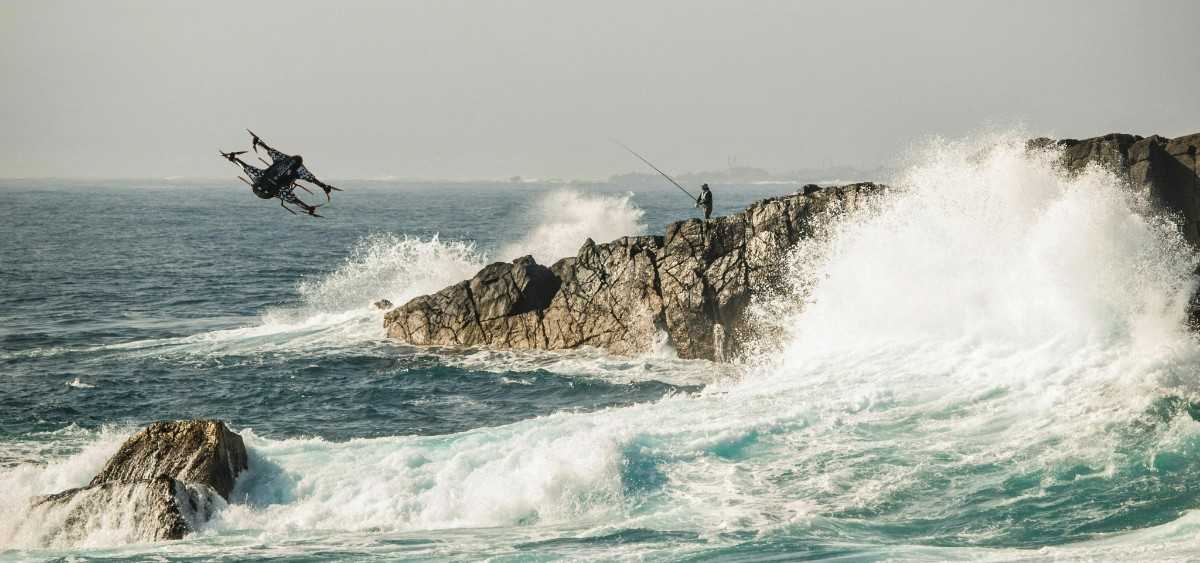ZenaDrone Assures Your Safety in the Oil and Gas Industry – Drones Amazing Facts

Drone technology has transformed and enhanced the inspection of the oil and gas industry . It has become a must-have tool for the industry in deploying strategic monitoring.
Drone solution has enhanced the maintenance of the industry’s assets, such as storage tanks, pipelines, multiple well sites, and offshore platforms. In situations like gas leaks or emissions, spills, heat spots, or corrosion, the drone makes it easier for the industry to inspect it safely. Also, drone technology can acquire more accurate data instead of deploying people on the site.
How Do Drones Ensure Safety and Efficient Work Operation in the Oil and Gas Industry
The oil and gas industry is a field that requires accurate data gathering and serious safety precautions in carrying out its tasks. Drone technology has become a solution in getting undetectable information by human eyes while ensuring on-site safety and cost-effective operation. Here is how this innovative solution supports the said industry.
1.Safe Remote Monitoring and Evaluation
The primary function of drones in the oil and gas industry is to secure aerial surveillance and remote monitoring. With its high-quality camera and multi-functional sensors, the industry can ensure thorough tracking of the field operations. Deploying drones makes it accessible for the industry to inspect infrastructure, tankers and trucks, the industry’s assets, and any essential operation machinery.
In cases where some facilities or areas are under construction, it is possible to deploy the drone instead of sending people for tracking frequently. Also, drones can secure the business area by detecting trespassers through their sensors.
2.Systematized Methane and Carbon Reduction
Most Oil and Gas companies have seen how they can reduce their methane and carbon emissions. With its excellent sensors, the energy drone has become their solution in progressive support of fighting global warming.
The industry has invested in many sensing technologies, including drones. Deploying drones on the site to get real-time data on the amount of carbon and methane emissions on the site ensures the safety of everyone before doing particular tasks.
Efficient Inspection for Effective Maintenance
Drone inspection has allowed the industry to ensure safety and efficiency in assessments and maintaining their resources and assets. With multispectral sensors and high-quality cameras, drones can carry out a close-range inspection of oil and gas assets. This inspection requires technological support rather than sending people since it can be prone to danger.
Drones can identify defects in resources and sites, such as pipelines, exterior and storage tank surfaces, watercraft, etc. Hence, the industry can respond thoroughly, whether just regular maintenance or a significant modification to avoid future malfunction.
Respond to Emergency Situations
It is inevitable in the oil and gas industry to face emergencies. Drone technology is excellent support in making immediate damage control while securing the safety of their workers. Instead of sending people to investigate the site, they can now deploy the drone to scan the area and find the cause of damage.
Whether an industrial accident or a natural disaster, companies can send drones to capture real-time aerial imaging and gather analytics on the incident. Hence, they can make an immediate emergency response through a safer investigation.
How is ZenaDrone 1000 An Excellent Drone Solution for Oil and Gas Companies?
The ZenaDrone 1000 has been an excellent solution for different businesses and industries, including oil and gas companies. It is known for its industrial drone services and customization, where investors can specify their needs and concerns in meeting their drone goals.
ZenaDrone 1000 is a drone solution that enhances quality monitoring and inspection. Unlike manual surveillance, oil and gas companies can ensure a safer and more cost-effective operation. Here are some of the ZenaDrone 1000 features that support the said industry.
- The ZenaDrone 1000 has a 4k high-quality camera that can capture well-defined and crisp footage of oil and gas assets. It also has multispectral sensors that can detect damages and potential malfunctions.
- ZenaDrone is also a self-flying smart drone with a GPS tracker that helps in a more accessible independent inspection. Hence, it allows field workers to have a careful close-range assessment despite the distance.
- In evaluating the carbon and methane emissions of the site, this drone technology has the latest device sensors that collect real-time data regarding potential and existential structural defects, gas leaks, and other thermal registration.
- The ZenaDrone 1000 also supports handling material for the company. The drone has attachment nodes that are good for customization if the company wants to use it to deliver small and light loads of material on the site.
The drones for oil and gas companies do not just help for efficient operational work but also support the industry in saving resources and workforce. With ZenaDrone 1000, companies can effectively estimate their cost expenditure, technical, and human resources. As the drone technology can present comprehensive and analytical data reports through its integrated machine learning software, companies can now reflect on its operations.
Takeaway
Drone technology has become an essential tool for the oil and gas industry. Companies can now ensure a safer and more efficient procedure as it can give accurate data and cost-effective results in doing asset monitoring and management.
Hence, investing in drone solutions allows the oil and gas company to experience a more effective streamlining of their business.
Contact Us
Thank you for your message. It has been sent.
Latest Posts
Social Profiles















